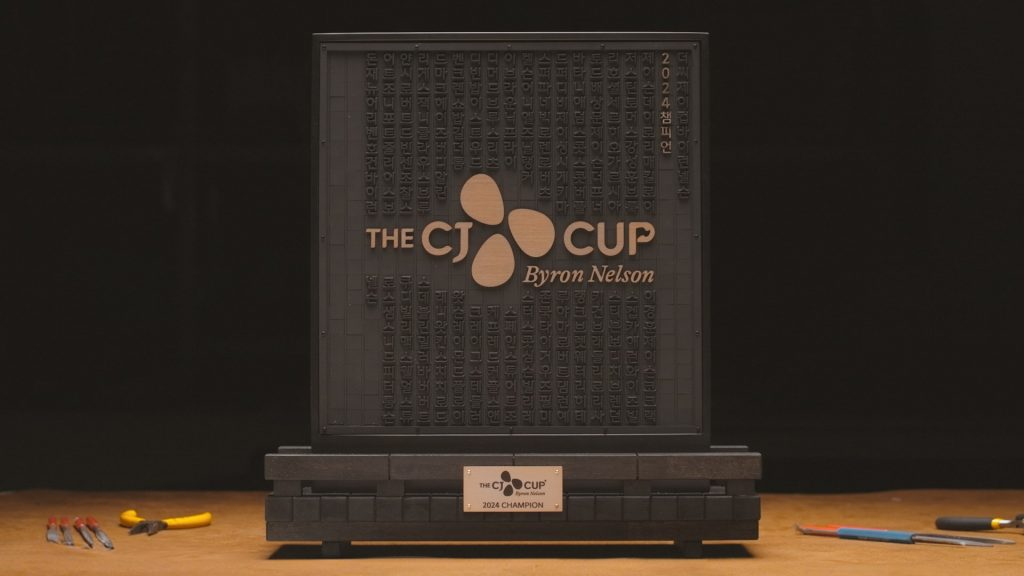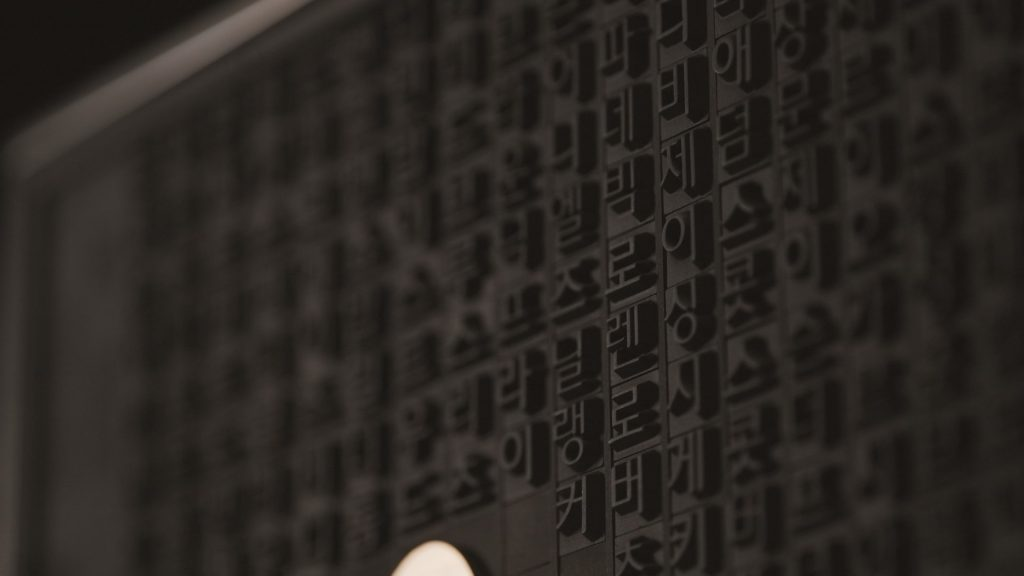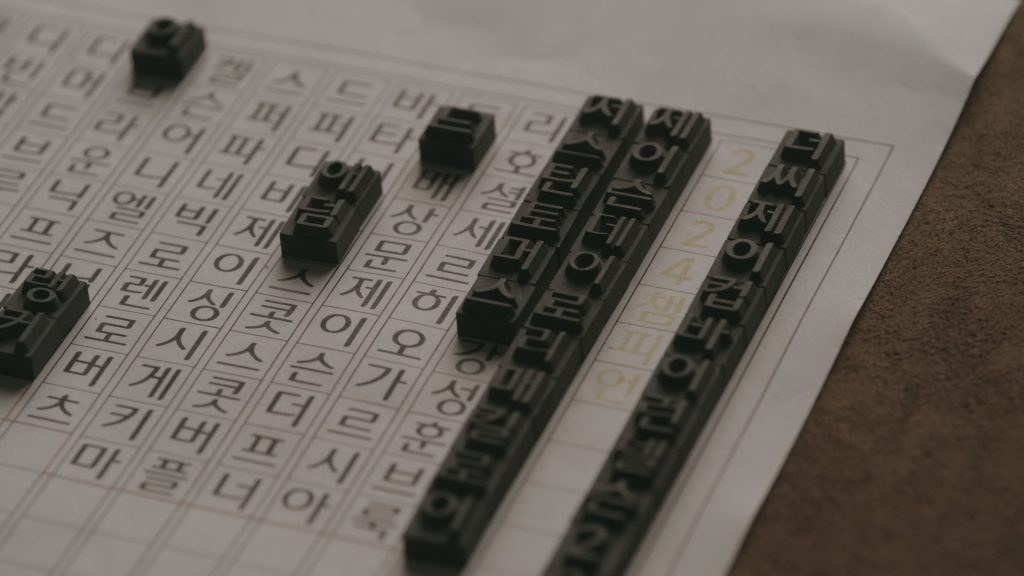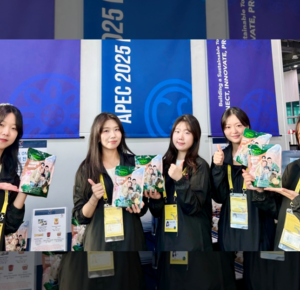Golf trophy honors Korea’s cultural heritage with Hangeul lettering, Jikji design

When Taylor Pendrith won THE CJ CUP Byron Nelson on May 5, he proudly presented his trophy to the world. The unique wooden plaque, also called the Jikji trophy, features the names of past CJ CUP winners engraved in Hangeul — the Korean alphabet — with Taylor Pendrith’s name, in gold, added in the top right-hand corner.
The trophy’s unusual look, which honors Korea’s cultural heritage by featuring the country’s highly acclaimed writing system, has drawn attention from the international media and golf fans alike.
Justin Thomas, the inaugural champion of THE CJ CUP and first recipient of the Jikji Trophy, once remarked that he often admired his trophy which was on display in his room.

THE CJ CUP trophy was inspired by the Jikjisimcheyojeol, or Jikji, which dates back to 1377. Sometimes translated as “Essentials of Zen Buddhism,” the Jikji is inscribed on UNESCO’s Memory of the World Register as the oldest surviving book printed with movable metal type. It was produced at Heungdeoksa, a Buddhist temple in Cheongju, which was then part of the Goryeo Kingdom.
The black trophy recalls the artistry of the Jikji and uses Hangeul to honor past CJ CUP winners such as Lee Kyung-hoon, Kang Seong-hoon and Bae Sang-moon, along with other PGA legends like Tiger Woods, Jack Nicklaus, Sam Snead and Ernie Els.

In an article discussing THE CJ CUP Byron Nelson and the uniqueness of the championship trophy, Golfweek magazine reported that Hangeul was the “only writing system in the world whose creator and the principles behind the creation are known,” explaining that it consists of 28 letters, with the consonants representing human vocal organs and the vowels representing the sky, earth and people.

The designing and production of the trophy involved extensive research and collaboration with Korean artisans. Representatives of the CJ Group made several visits to the Cheongju Early Printing Museum and the National Museum of Korea to learn how the Jikji was crafted. The final trophy was the work of skilled artisans specializing in movable metal type.
The trophy’s components were crafted with such precision that the year and the names of the players could be printed onto paper if ink were applied to the type. Furthermore, they can be taken apart and reassembled. The trophy also features CJ Group’s proprietary CJ ONLYONE font.
The base of the trophy resembles a bridge, symbolizing the connection between dreams and reality. This imagery reflects the competition’s slogan, “Bridge to Realization,” which has been used since THE CJ CUP’s inception in 2017. It also signifies the partnership between CJ Group and Byron Nelson.

The Jikji Trophy is not only a tribute to an excellent golfer, but also a monument to increased awareness of Korea’s cultural heritage among global golf fans.











